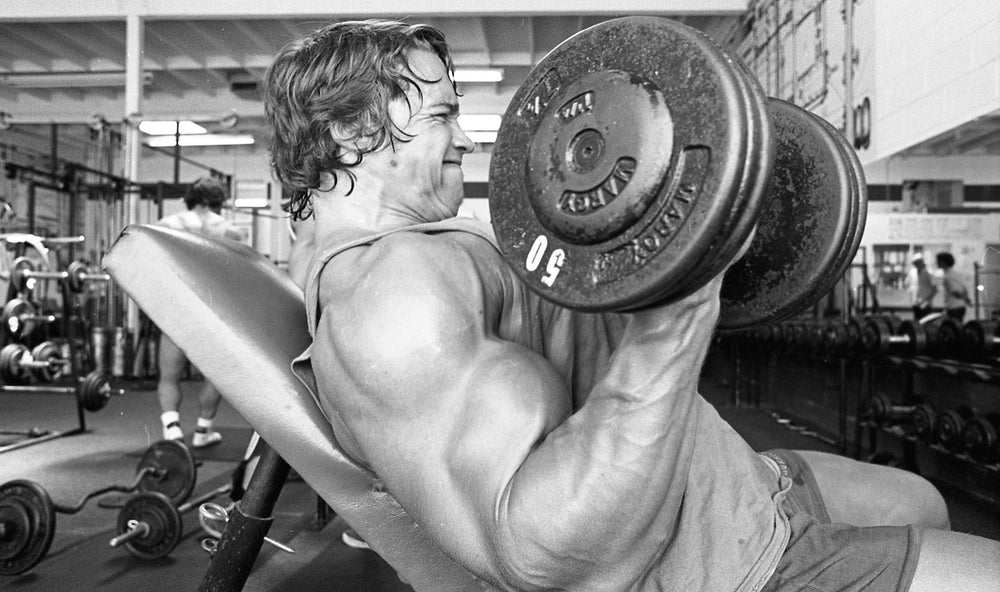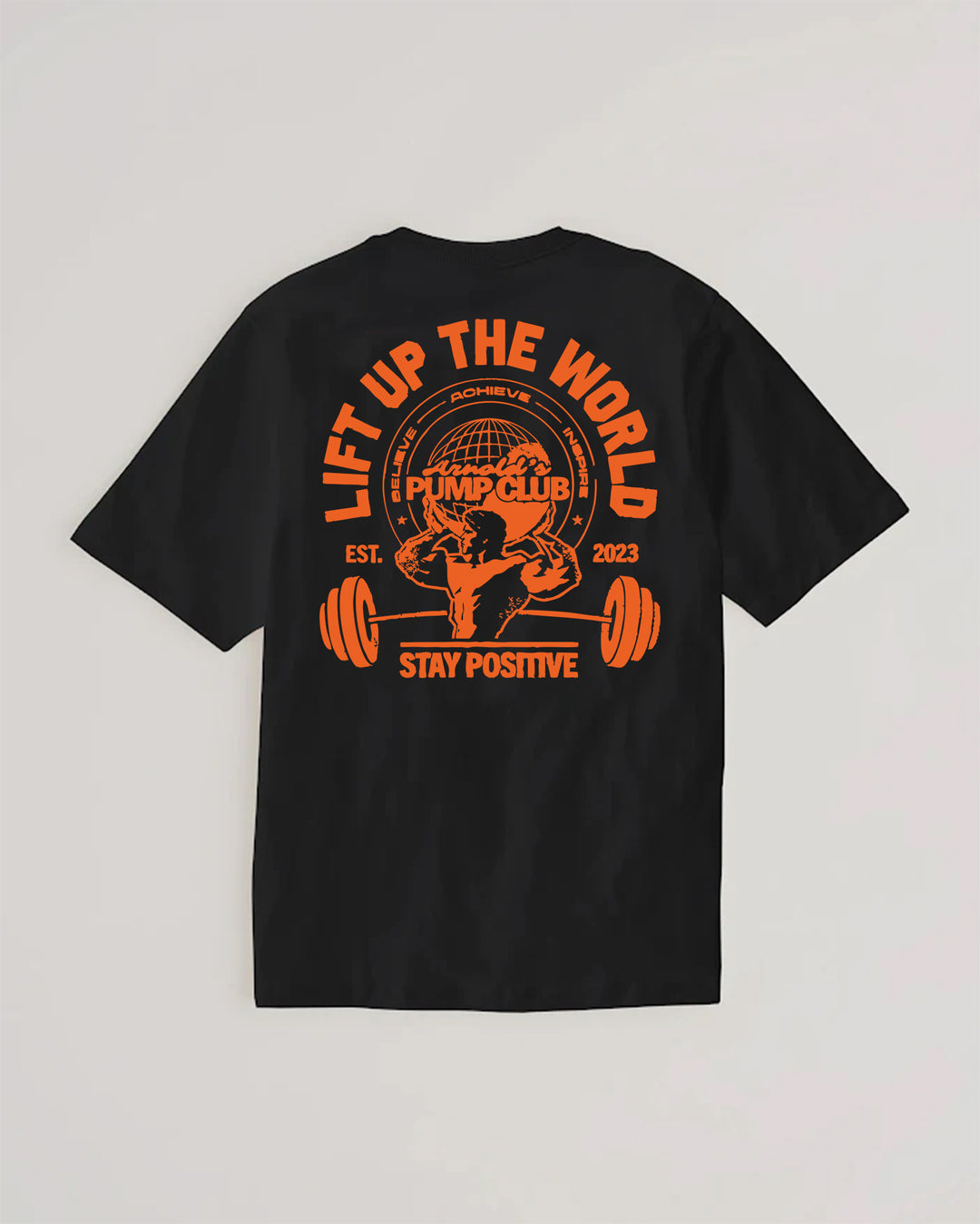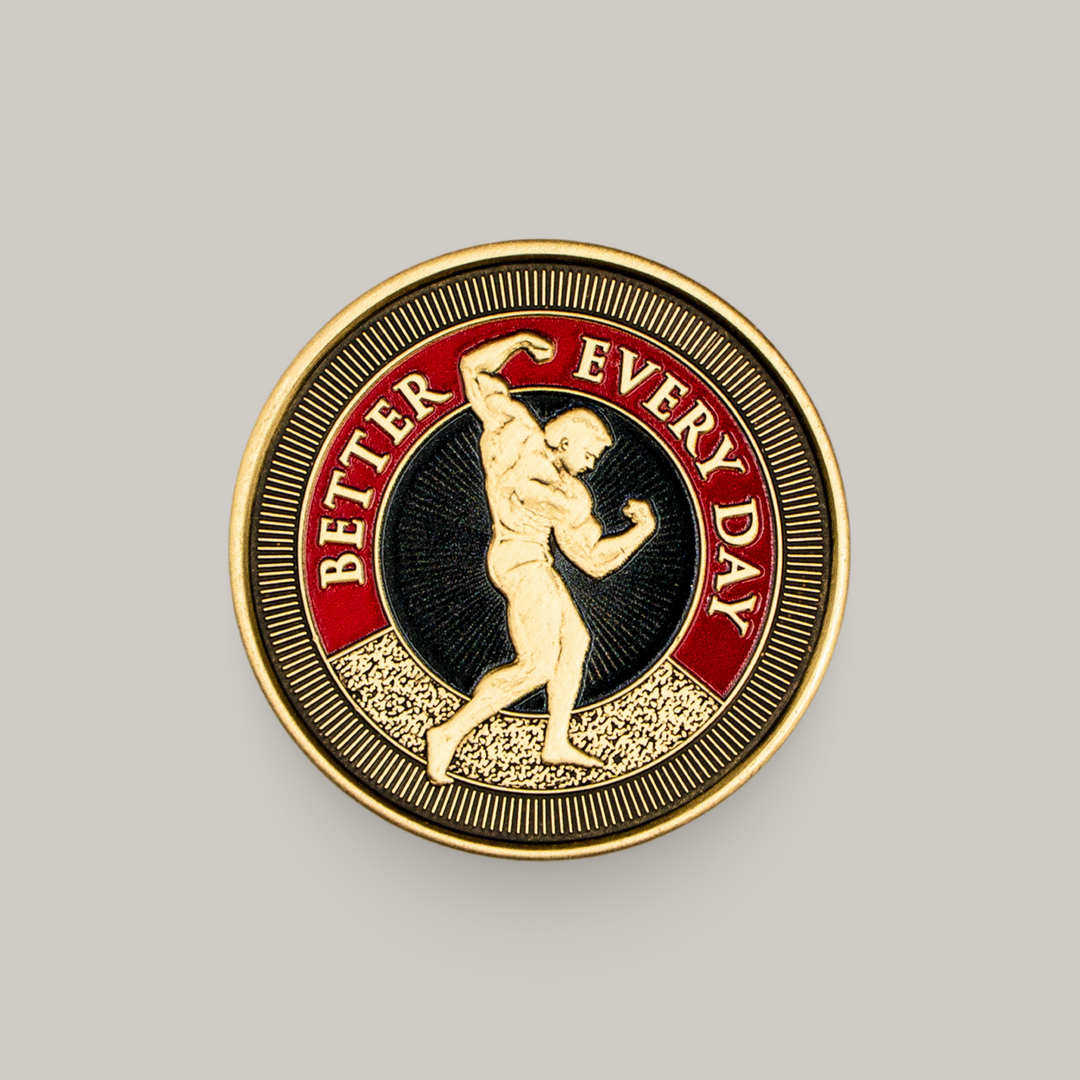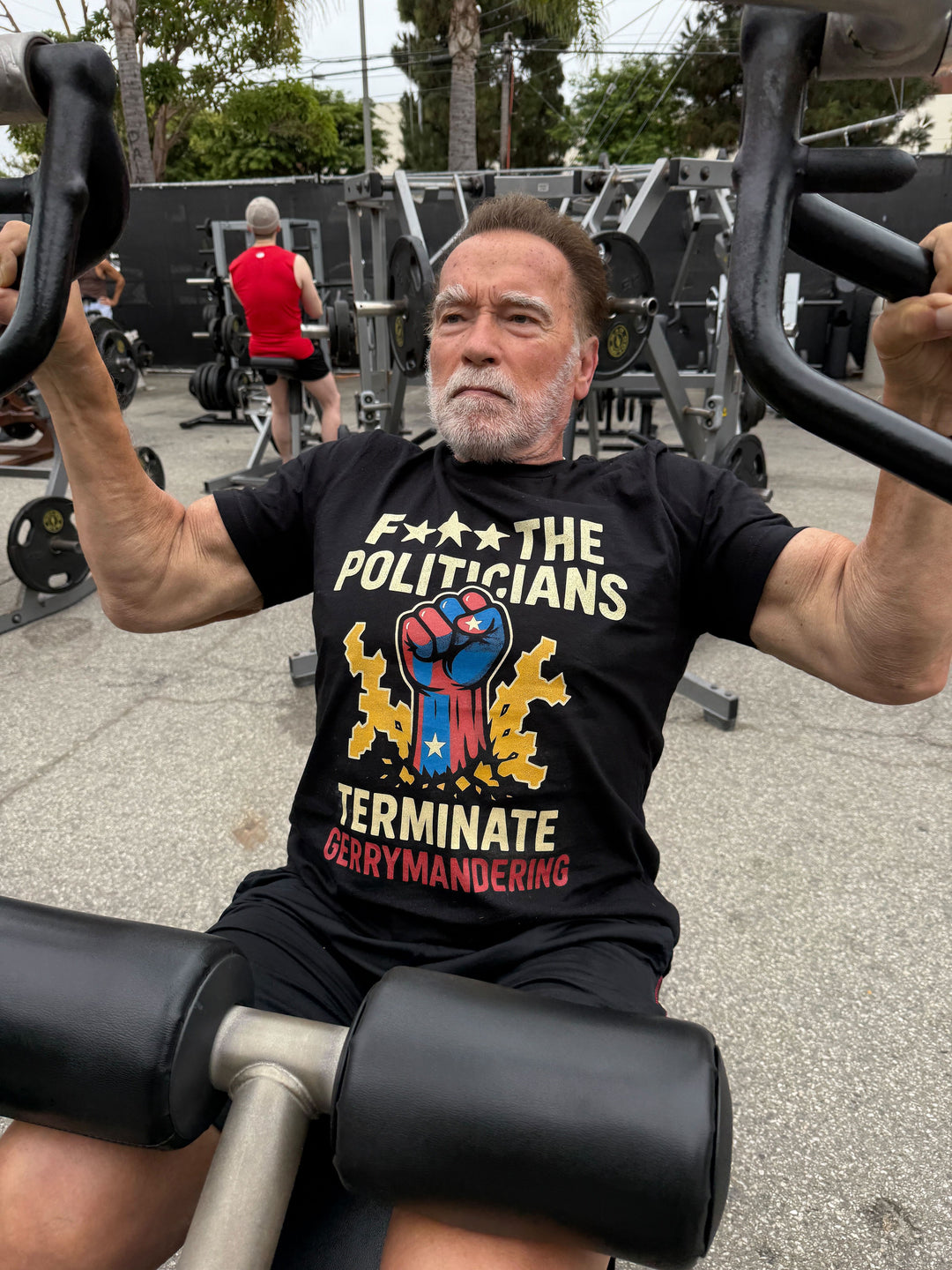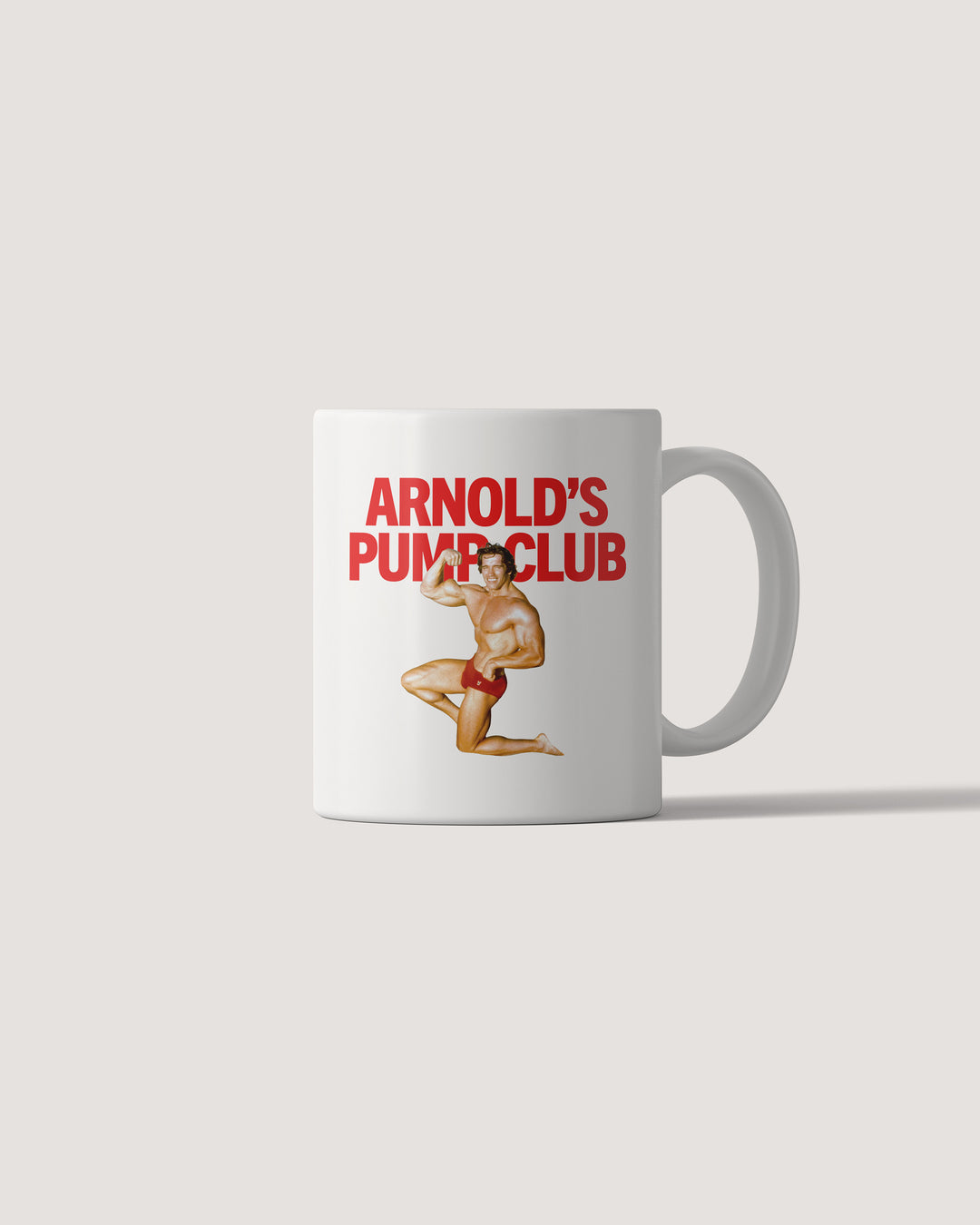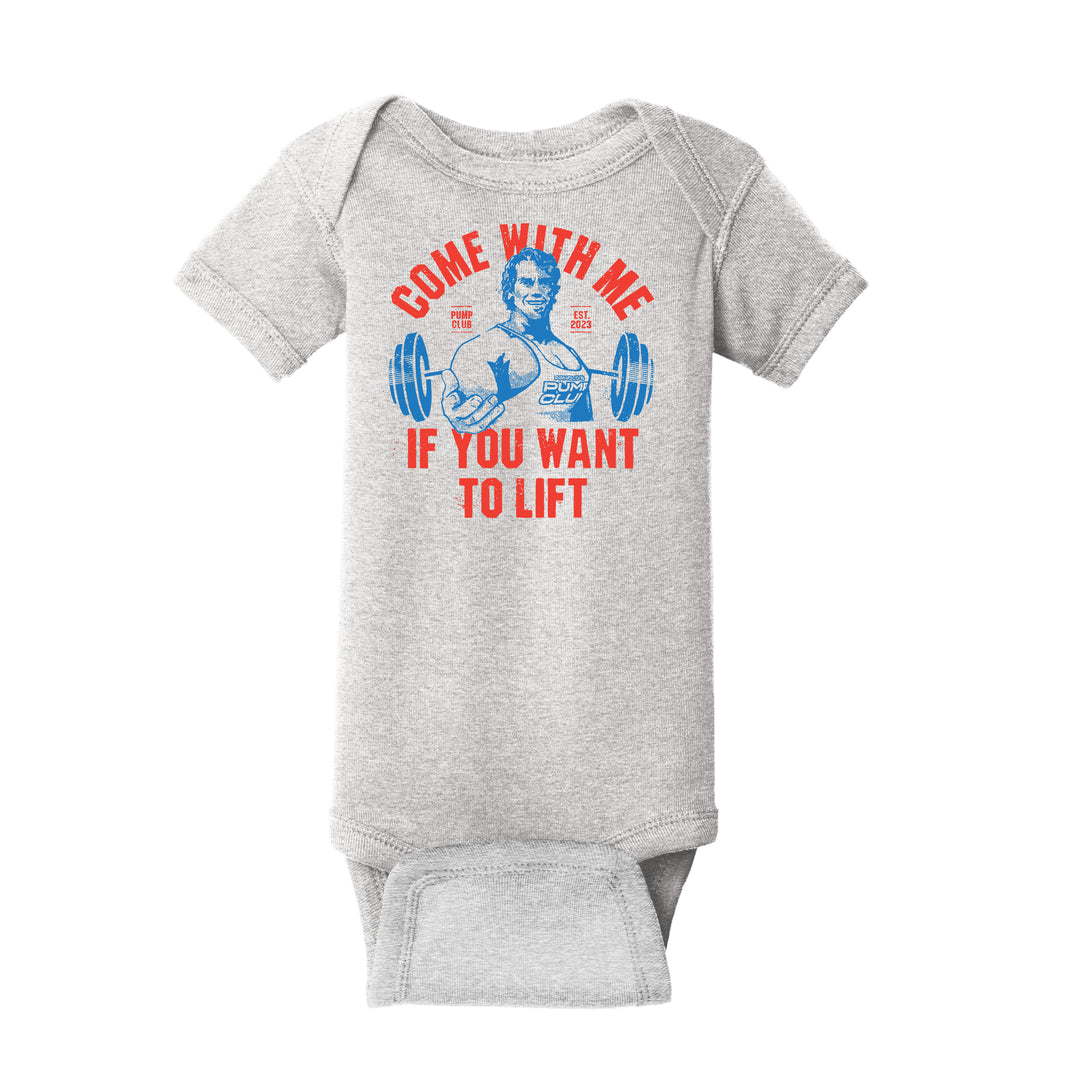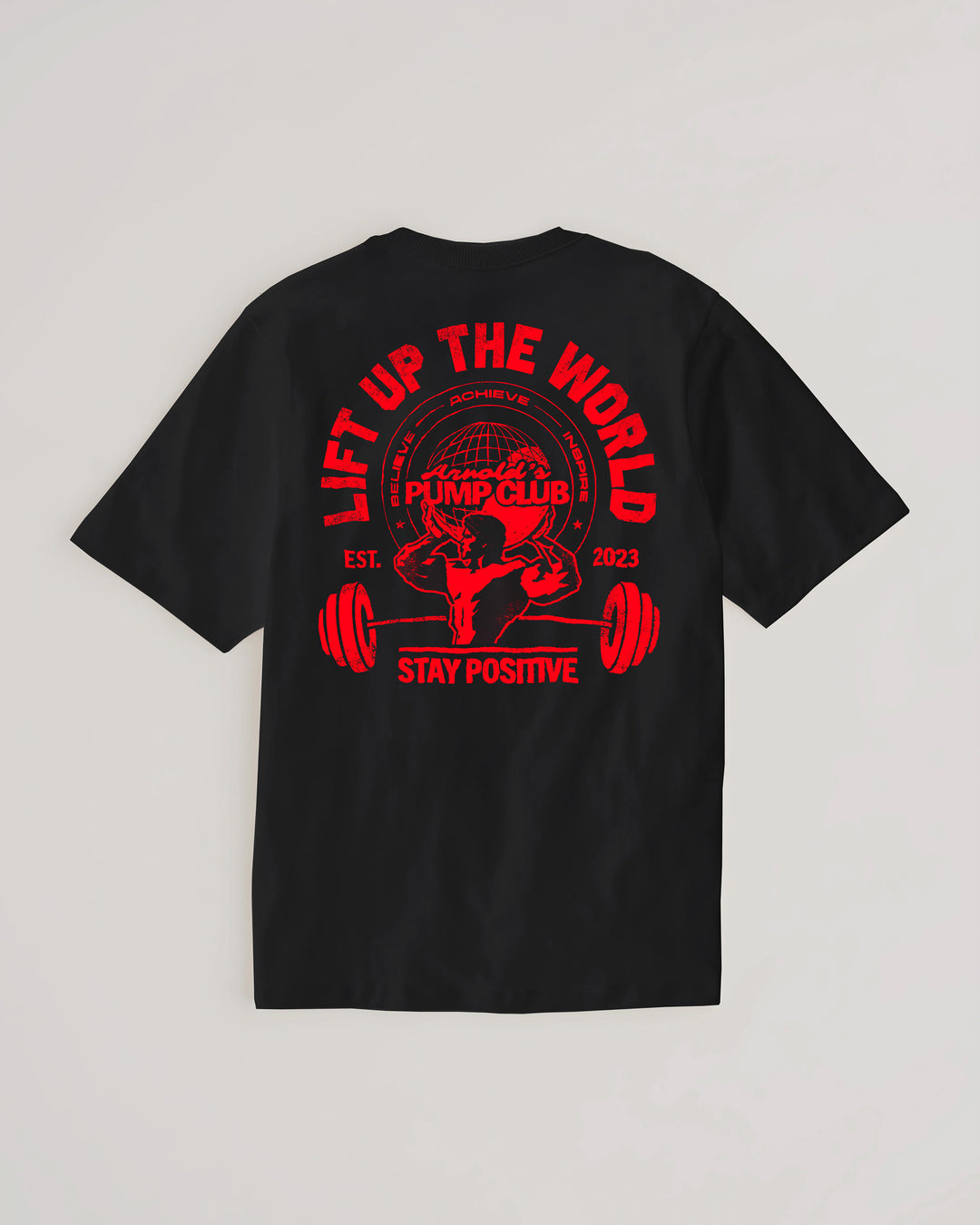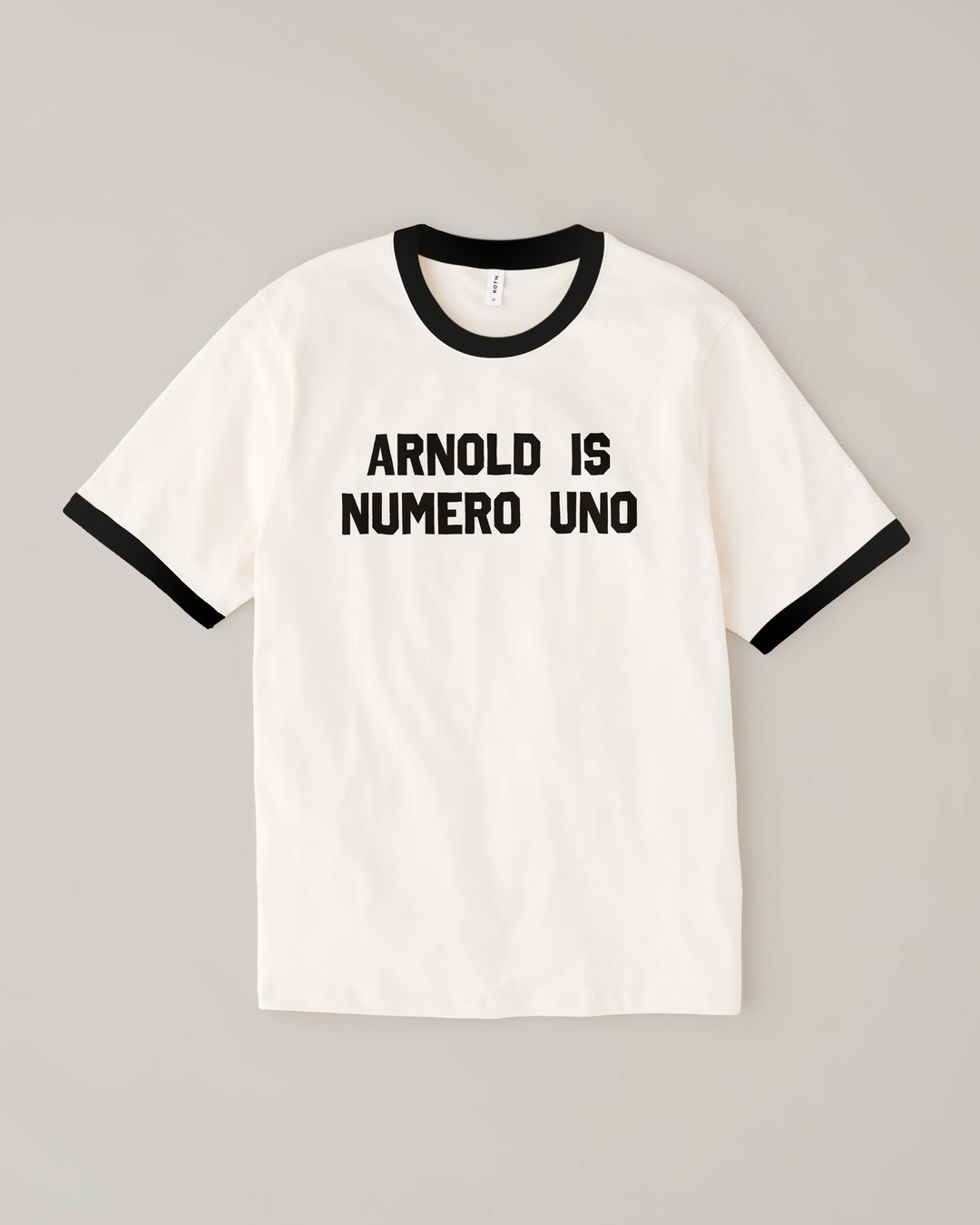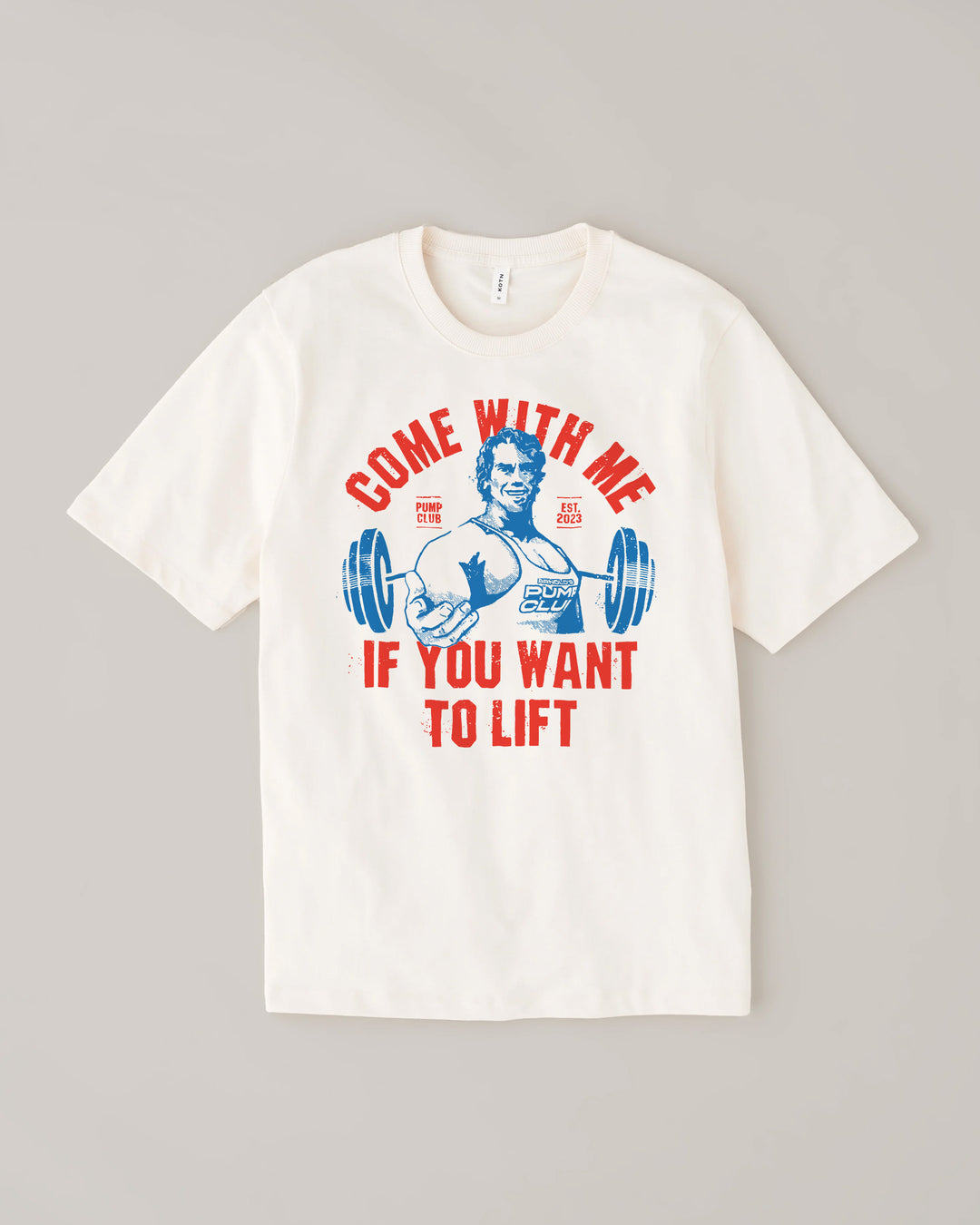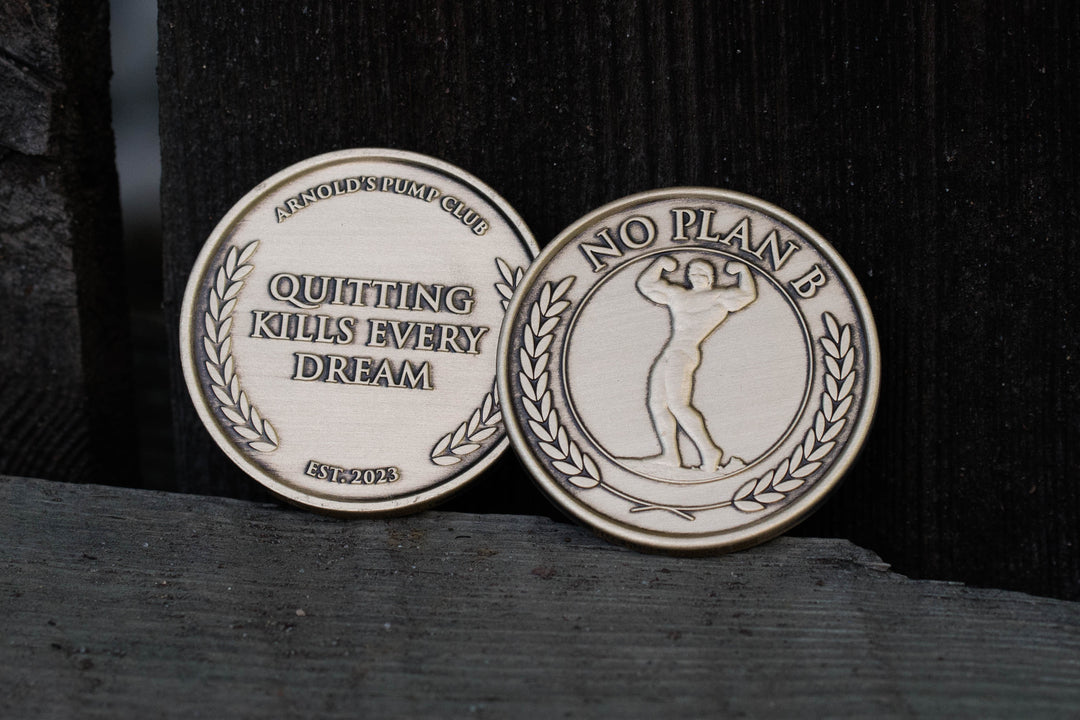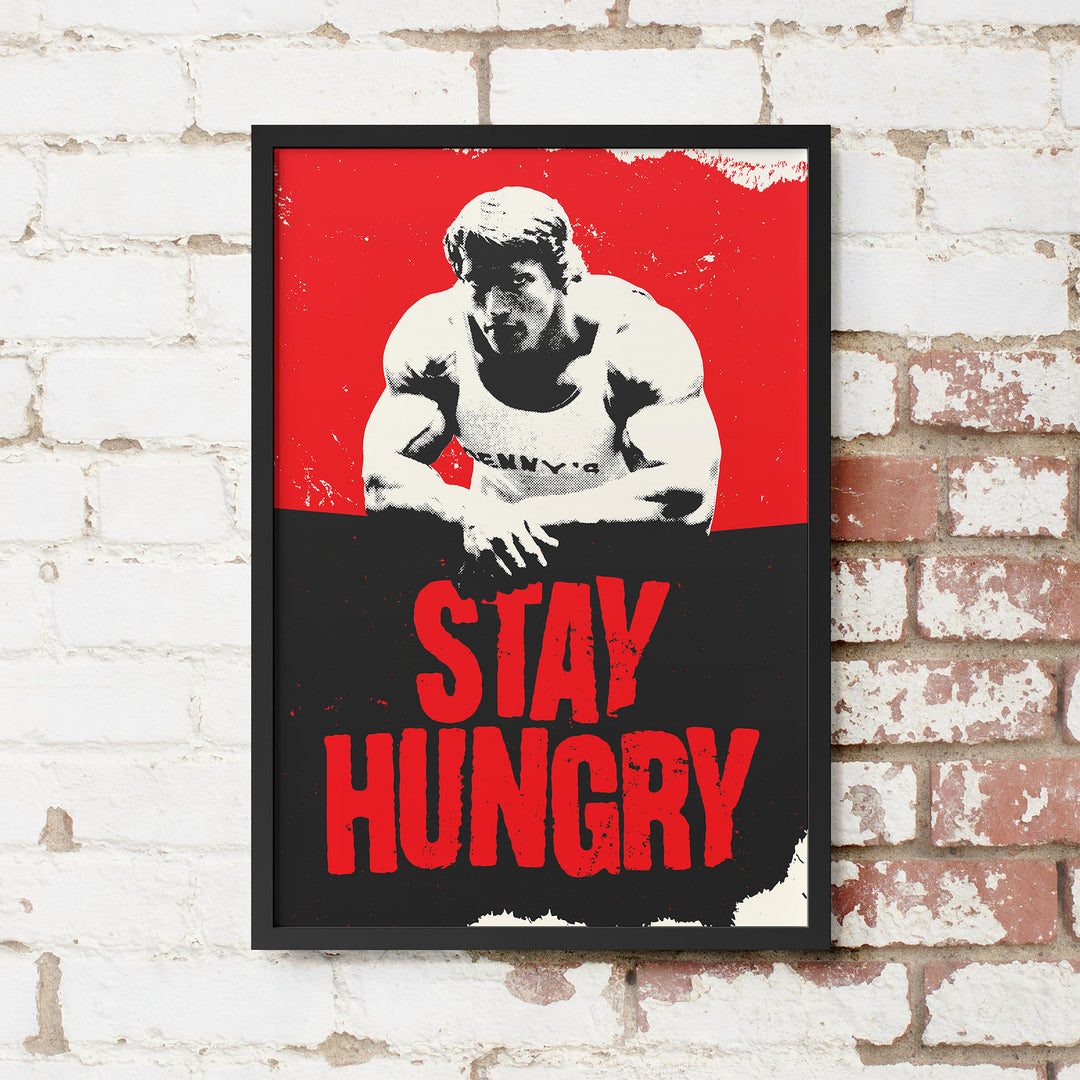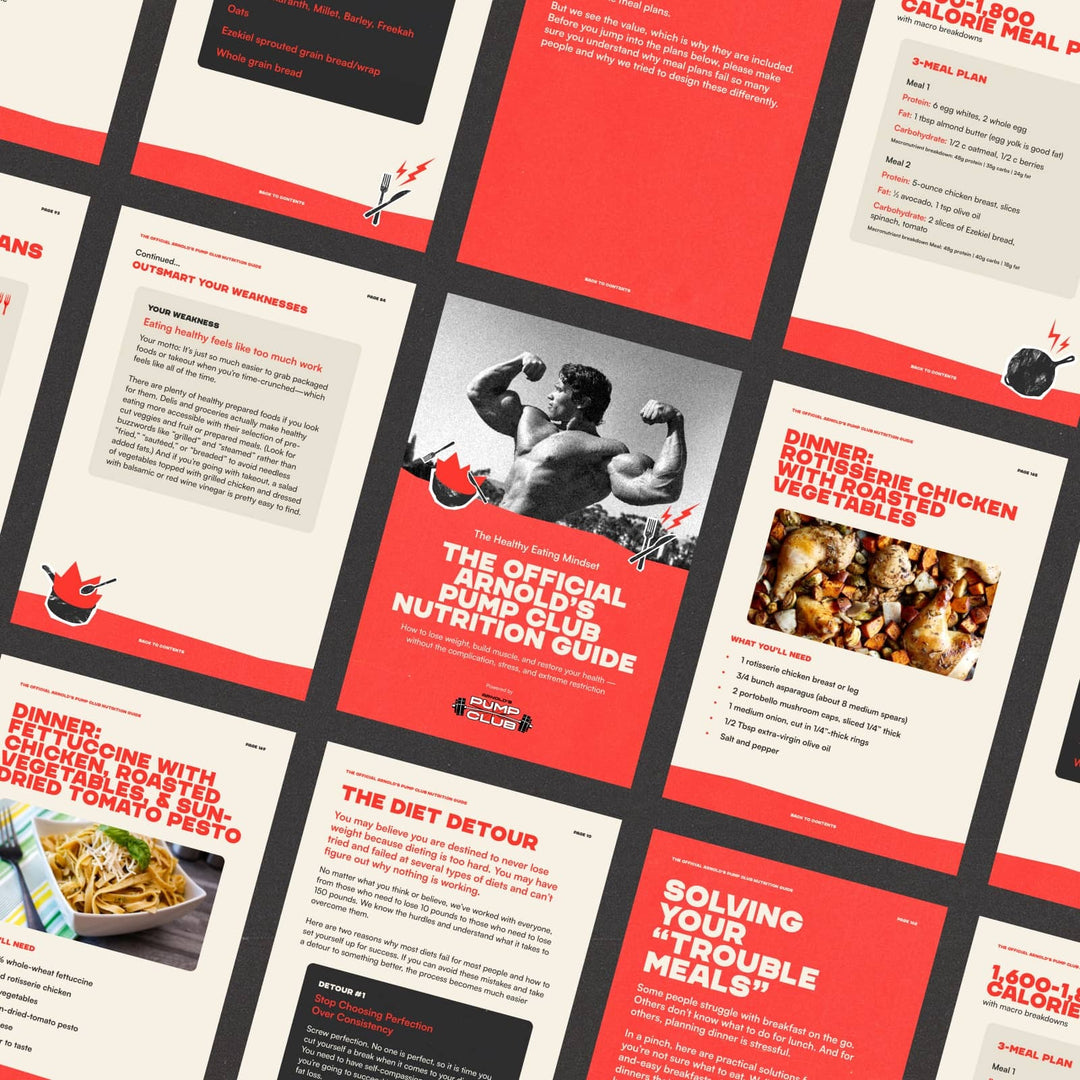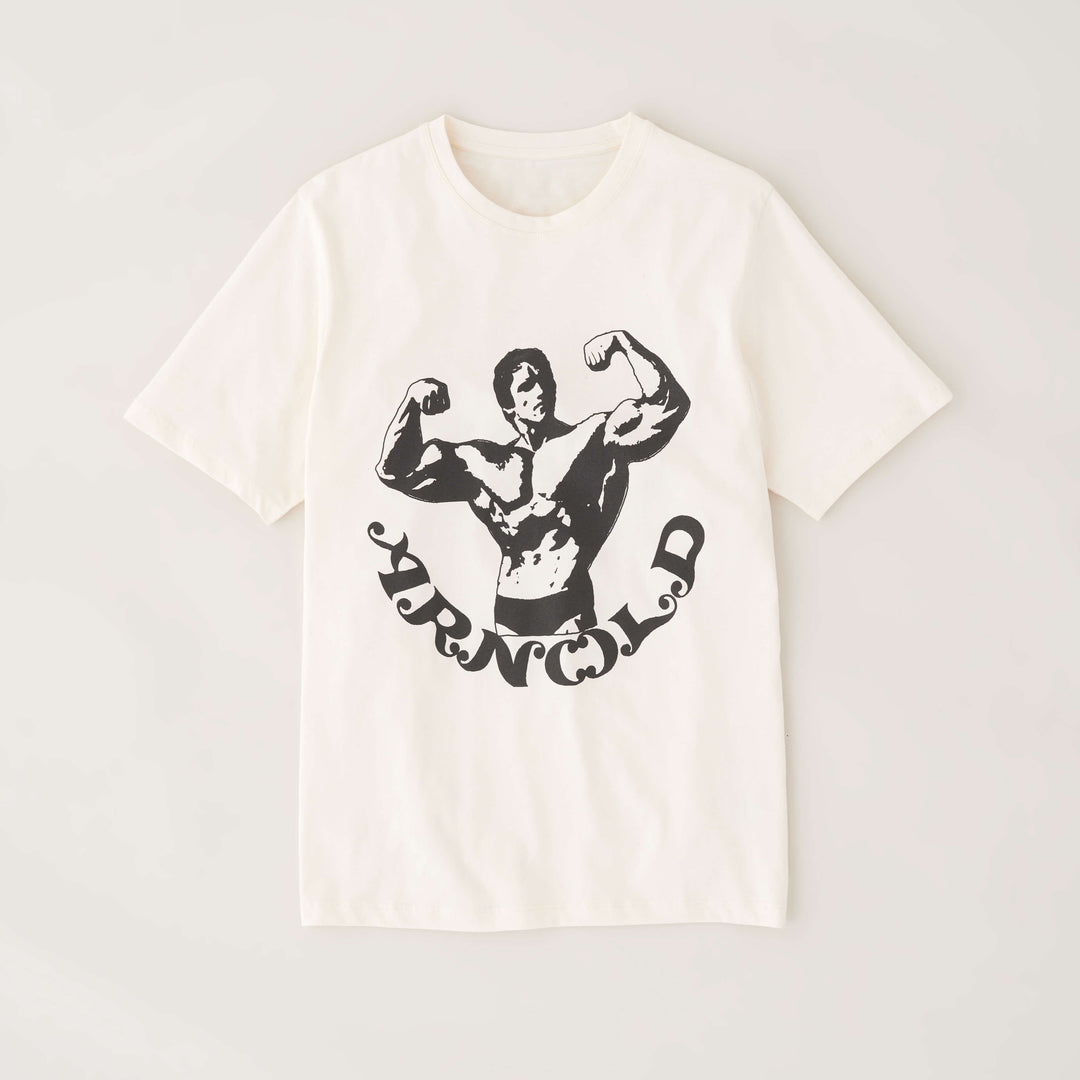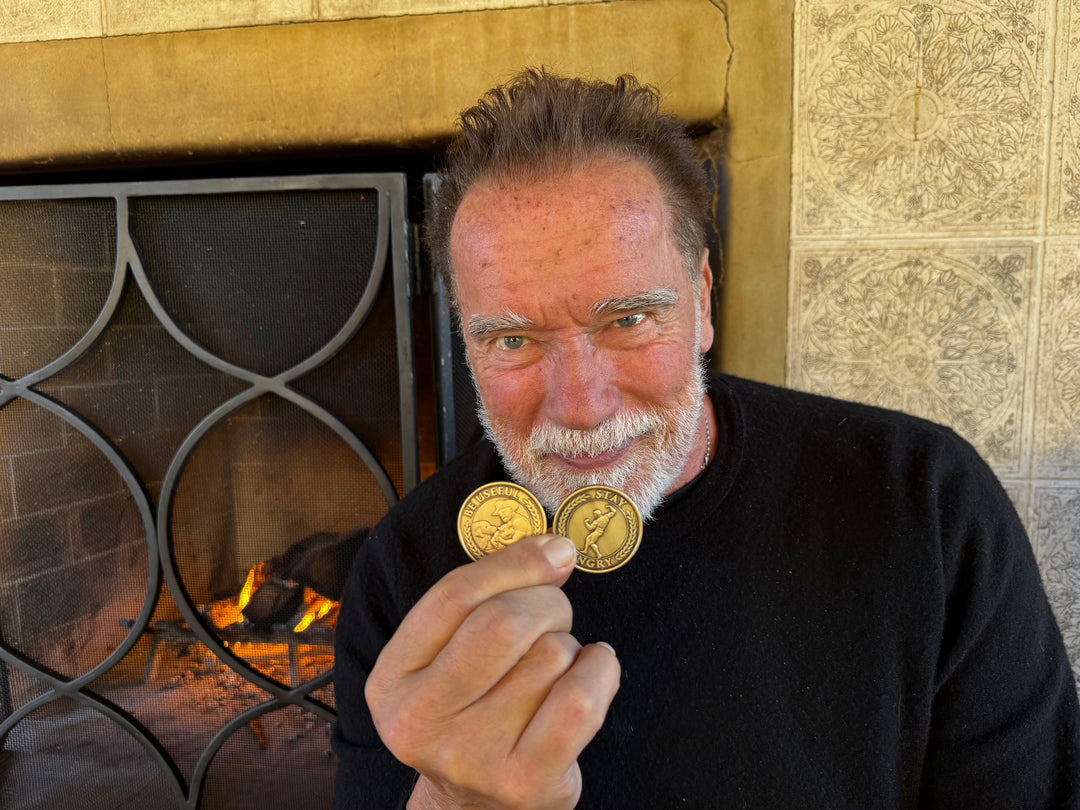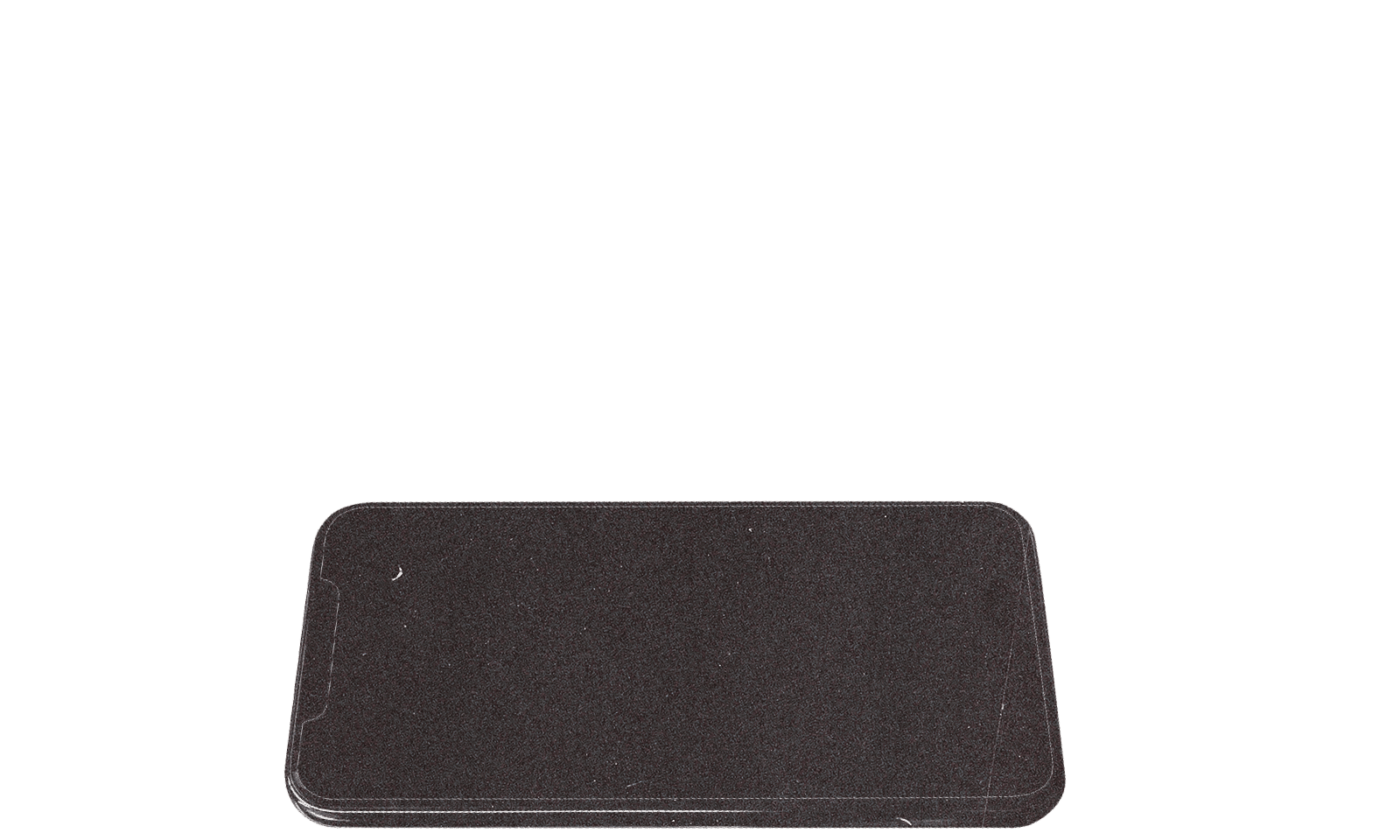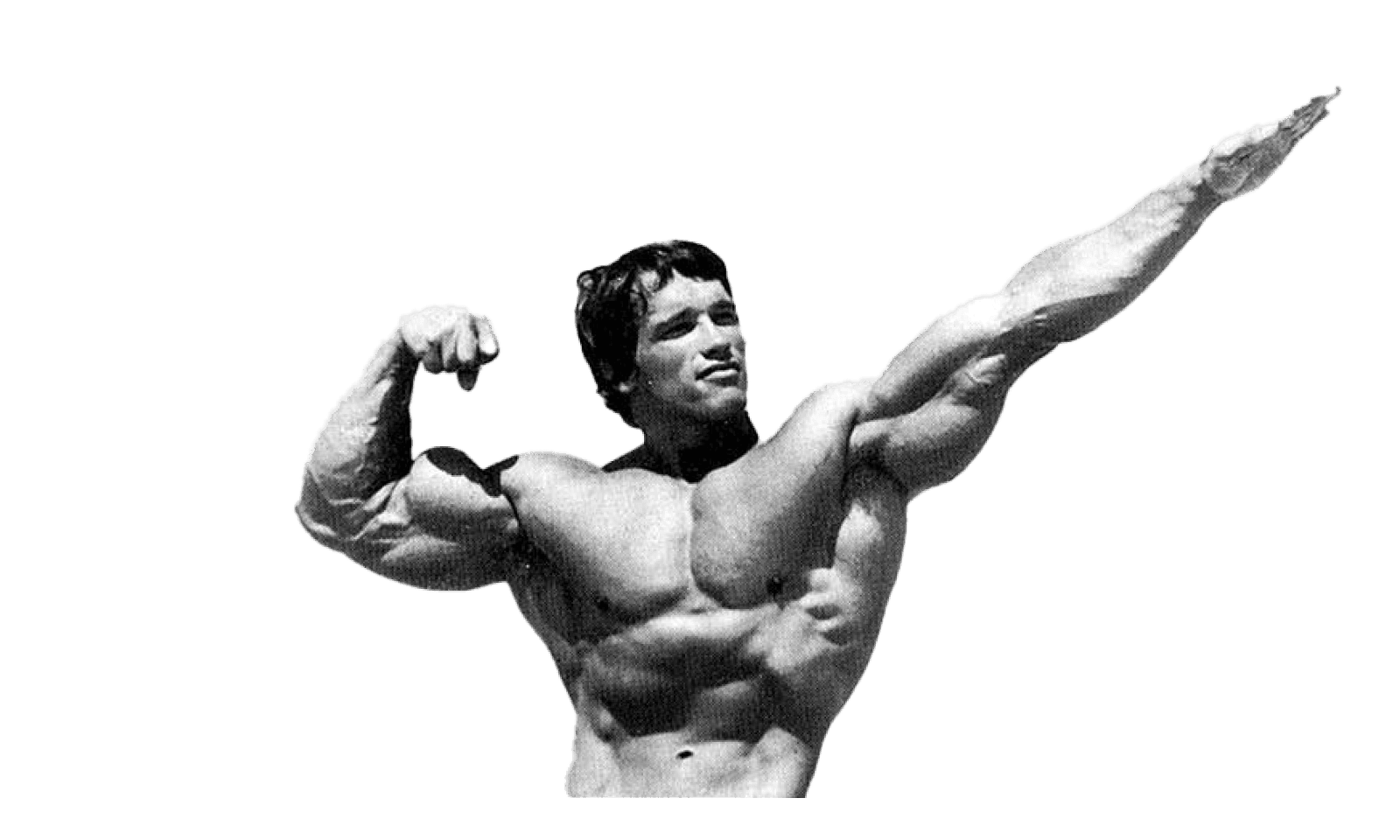Welcome to the positive corner of the internet. Every weekday, we make sense of the confusing world of wellness by analyzing the headlines, simplifying the latest research, and offering quick tips designed to make you healthier in less than 5 minutes. If you were forwarded this message, you can get the free daily email here.
Today’s Health Upgrade
Monday motivation
How to control your afternoon hunger
Workout of the week
Arnold’s Podcast
Want more stories from Arnold? Every day, Arnold’s Pump Club Podcast opens with a story, perspective, and wisdom from Arnold that you won’t find in the newsletter. And, you’ll hear a recap of the day’s items. You can subscribe on Apple, Spotify, Google, or wherever you listen to podcasts.
Arnold’s Corner: Monday Motivation
You might have seen headlines that the United States is no longer one of the top 20 happiest countries in the world. We fell from 15th last year to 23rd this year.
You might think, “Well, duh, things are more expensive.” But I don’t think it is that simple. You have to take a global view — inflation is not a United States phenomenon. In fact, there is higher inflation in many countries that are happier than we are.
We have to really take a deep look and think about what is going on here if we are going to do anything about it.
The youngest generation of adults, Generation Z, is fueling the decline in happiness. When you dive into their answers, you can start to see what is going on.
I always believe in focusing on the positive. So, let’s look at the happy Gen Zers to see how everyone might increase their happiness just a little.
Approximately 64 percent of Gen Z who say they are happy also say that what they do at work or school is important. They have a purpose. They have a vision. They know why they are doing what they are doing.
Gen Z’s happiness is not based on how much money they make like many of the older generations — it is based on the impact they feel they are having. I want to congratulate them because this is a fantastic way to measure true success.
They also find happiness in community — when they feel supported or loved, they are twice as likely to be happy.
When I see a decline in happiness over the past decade, though, I can’t help but see the obvious.
When I went to restaurants 15 years ago, they were loud. Every table was buzzing with conversation. People were connecting, sharing, and laughing.
When I go to restaurants now, it’s much more quiet. It can feel like a scene from a zombie apocalypse movie after they wipe out most of the population. But when I look around, there are just as many people at the tables. They’re just mostly looking down at the table at their phones instead of across the table at their friends, coworkers, or family.
Members of Gen Z spend an average of 7 hours a day on their phones. SEVEN HOURS.
Our machines can be great tools. I use my machine to FaceTime with my elementary school friends in Austria and to stay in touch with my family while working and traveling. I use it to play chess with friends all over the world, track my steps every day, and read important briefings for my policy work.
But the machines can also be a trap, and I don’t think it can be a coincidence that happiness is declining in the group looking at a screen instead of the world for 7 hours every day.
I believe that for many people, the machines become a replacement for purpose. They don’t have time to figure out their vision for making a difference in their world, so they aren’t sure why they are doing what they are doing.
So they open up their phone.
On that screen, they can find all of the important news of the day in real-time, second by second. They can feel like they are part of every important thing happening in the world. But it’s a mirage. They aren’t part of anything.
Does reading and commenting about the news of the day do anything to change the news and make the world a better place? Of course not, so that empty feeling continues. I think this is why you see people who became online “experts” on COVID immediately become experts on Ukraine and now the Middle East. You see this happening to people on all sides of the political spectrum.
It’s wanna-be syndrome. They want to be involved. They want to have purpose. But their phone will never be where they find it.
For most of us, let’s be honest. It doesn’t make a difference if we see the news about Iran in real-time or the next day in the newspaper. So stop it.
All you’re doing is taking yourself away from the things that can actually make you happy. It is a 1-2 punch.
Those 7 hours a day on the phone are 7 hours you could spend working and daydreaming to find your purpose. Every time you look down at your phone instead of looking across a table at someone else, you deny yourself a chance at community.
Go for a walk. Get out of that virtual world that offers you very little into the real world that offers you everything. Find your purpose. Maybe it is teaching youth sports. Maybe it is being a doctor. Maybe it is building houses. Whatever it is, you won’t find it on your machine. You’ll only find what other people are saying you should do. You need to find your own vision and stop following strangers.
And when you do that, you’ll find other people who share your purpose. You will have a community.
Last Friday, we had a meetup of Pump app members in Santa Monica. We walked down the beach for fitness and then hung out and ate delicious protein waffles. I kept thinking something was different about it until it hit me.
On that walk (which looked hilarious, by the way, like an invading army with so many people walking together, many of them carrying heavy backpacks), people weren’t looking down at screens. They were talking to each other. The phones were in their pockets. When we ate our waffles, the room was so loud you couldn’t hear your own conversation.
And I LOVED it. Everyone connected in real life with people they’d only seen in The Pump app.
We all have something in common — we are just trying to be a little better every day with our health and fitness. That’s a purpose, and it gave us a community. A lot of people went home with new contacts and friends, and they said they were even more inspired for their workouts. I guarantee you that the people there wouldn’t report being unhappy. They took a break from the machine and found purpose and community for a few hours in the real world.
This week, I’m giving you a pretty simple challenge.
I want you to do what we did on a smaller scale.
Find an hour during a lunch break or the weekend. Get a friend, a co-worker, your spouse, or a family member. Go on a walk. Eat a meal together. Talk about your dreams and the impact you want to have on the world. And leave the damn machine in your pocket or at home. Don’t look at it once.
When you do this, you’re giving yourself to be a part of something that is actually important — even if it is just your relationship with the person across from you — instead of pretending to be a part of something your phone tells you is important.
You’ll find that the real world offers you much more purpose and community than your machine.
And that’s where you find happiness.
So get out there and do it. This week, we are looking across tables, not down at them.
How to Control Your Afternoon Hunger
Do you frequently find yourself starving at lunch or later in the evening? The cure for your hunger might start with your first meal.
Research suggests that adding more protein to your first meal helps you manage hunger later in the day.
The scientists analyzed the exercise and nutrition behaviors of nearly 10,000 people. They found that people who ate a low-protein breakfast ate significantly more food in subsequent meals. But, it wasn’t just how much people ate — it’s what they ate.
The researchers found that people who eat high-protein breakfasts eat fewer foods high in saturated fat, sugar, and salt. And they consumed fewer servings of grains, vegetables, legumes, fruit, and dairy.
And that’s not all. In both conditions — high and low protein — the first meal of the day had the fewest calories of all the meals in a day (dinner was the most caloric). So even when breakfast wasn’t loaded with calories, those who ate more protein still experienced less hunger and made better food choices throughout the day.
If you want to manage your hunger, the research suggests that eating more protein and fiber and fewer ultra-processed foods is the most effective approach without being overly restrictive with your food choices.
Workout of the Week
Can you get a great workout with just one exercise? If you pick the right exercise and intensity, the answer is yes.
This week, we’re giving you a simple template that can turn any exercise into a workout that leaves you feeling like you can’t handle it anymore.
How it works
This is a timed workout. You’ll set a clock for 20 minutes and then set a timer for 60 seconds.
Perform two reps of one exercise (you can select from the list below). Then, rest the remainder of the 60 seconds. So if it takes 5 seconds to do the two reps, you’ll rest the remaining 55 seconds.
After that, you’ll do another two reps, rest for the remainder of the 60 seconds, and continue until the 20 minutes are up. This style is known as EMOM (every minute on the minute) and can allow you to get a lot of volume, use a heavy weight, and feel like you’re doing cardio.
This workout can be adapted to any type of equipment, whether a dumbbell, barbell, or kettlebell, or you load up a heavy backpack or rucksack. Use a weight you can lift for 3 to 5 reps but only perform two reps. It’ll feel easy the first few reps, but by minute 10, you’ll wish the workout would be over.
Your exercise list
Squats
Deadlifts
Clean and press
Thrusters (squat and press)
Pullups or inverted row
Remember, just select one exercise, and that’s your entire workout. You’ll do two reps for 20 sets and call it a day. You can easily schedule an entire week of one-exercise workouts using the list above. For example, you could do squats on Monday, clean and press on Wednesday, and deadlifts on Friday.
Give it a try, and let us know what you think!
—
Publisher: Arnold Schwarzenegger
Editors-in-chief: Adam Bornstein and Daniel Ketchell


